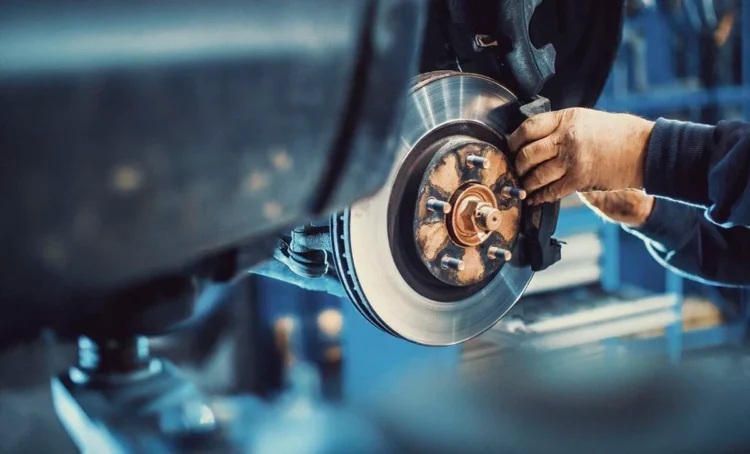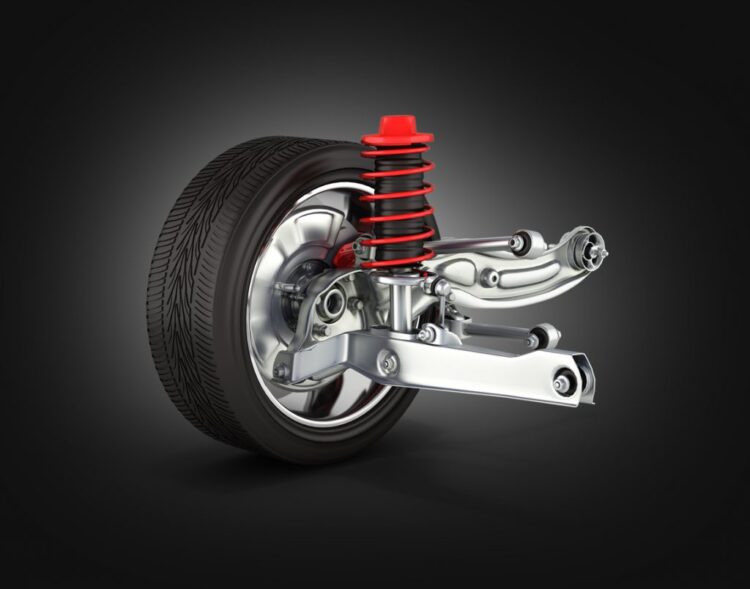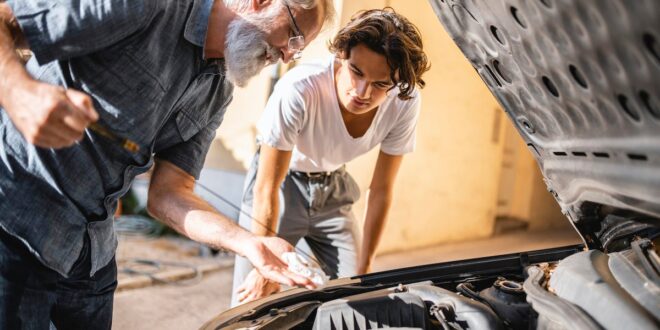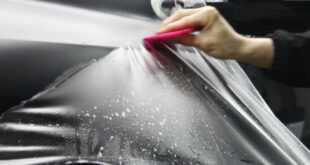Maintaining a car can be quite costly, especially if you have to visit a mechanic for every little problem. However, with a little know-how and some tools, many of the most common issues can be fixed on your own.
In this article, we’ll discuss some DIY car repair tips and tricks to help you keep your auto in top condition without breaking the bank.
Tools and Equipment
Before you begin any DIY car repair project, you’ll need to make sure you have the right tools and equipment. Basic tools like screwdrivers, pliers, and wrenches are a must-have in any car owner’s toolbox. However, you may also need specialized tools like a torque wrench, jack stands, or an OBD-II scanner.
When it comes to equipment, it’s important to have a safe and well-lit workspace. You may also want to invest in auto accessories like a creeper or a magnetic parts tray to make the job easier.
Basic Maintenance

One of the most important things you can do to keep your vehicle running smoothly is to perform regular maintenance. This includes things like changing the oil, replacing the air filter, and checking the tire pressure.
Changing the oil is a relatively easy DIY task that can save you a lot of money over time. All you need is a wrench, a drain pan, and a new oil filter. Be sure to consult your owner’s manual to determine the correct type of oil to use.
Replacing the air filter is another simple DIY task that can be done with basic tools. A dirty air filter can reduce your vehicle’s performance and fuel efficiency, so it’s important to replace it regularly.
Tire maintenance is also critical for safe driving. Check your tire pressure regularly and make sure your tires are properly inflated. You may also want to rotate your tires every 5,000 to 8,000 miles to ensure even wear.
Electrical Issues
Electrical problems can be frustrating to diagnose and fix, but they’re often caused by something simple like a blown fuse or a loose connection. If the electrical system is acting up, start by checking the fuses and relays. You can find the location of these components in your owner’s manual.
If the fuses and relays are fine, the problem may be a bad battery or alternator. You can test your battery with a multimeter to see if it’s holding a charge. If the battery is fine, the alternator may be the culprit. A failing alternator can cause your battery to drain, so it’s important to replace it as soon as possible.
Brake Problems

Brakes are one of the most important safety features on your vehicle, so it’s crucial to address any issues promptly. If you notice a squealing or grinding noise when you apply the brakes, it may be time to replace the brake pads. This is a relatively easy DIY task that can be done with basic tools.
If your brakes feel spongy or unresponsive, you may have air in the brake lines. Bleeding the brakes can fix this issue and restore your brakes’ responsiveness.
Suspension Issues
If you notice your vehicle bouncing or swaying excessively while driving, you may have an issue with the suspension system. This can be caused by worn shocks or struts, which are relatively easy to replace.
You can also check your car’s alignment by driving in a straight line and seeing if the steering wheel is centered. If the wheel is off-center, you may need to have your car’s alignment checked and adjusted.

Final Thoughts
While some repairs are best left to the professionals, many common issues can be fixed with a little know-how and some basic tools. By performing regular maintenance and addressing problems promptly, you can save money on expensive repairs and keep your car in top condition.
Just be sure to have the right tools and equipment on hand, and don’t be afraid to ask for help or consult a trusted source like your owner’s manual or an online forum.
Remember to always put safety first when working on your car. Use jack stands to support the car when working under it, and wear eye protection and gloves when necessary. With a little care and attention, you can become a DIY repair expert and keep your car running smoothly for years to come.
 Hi Boox Popular Magazine 2024
Hi Boox Popular Magazine 2024



